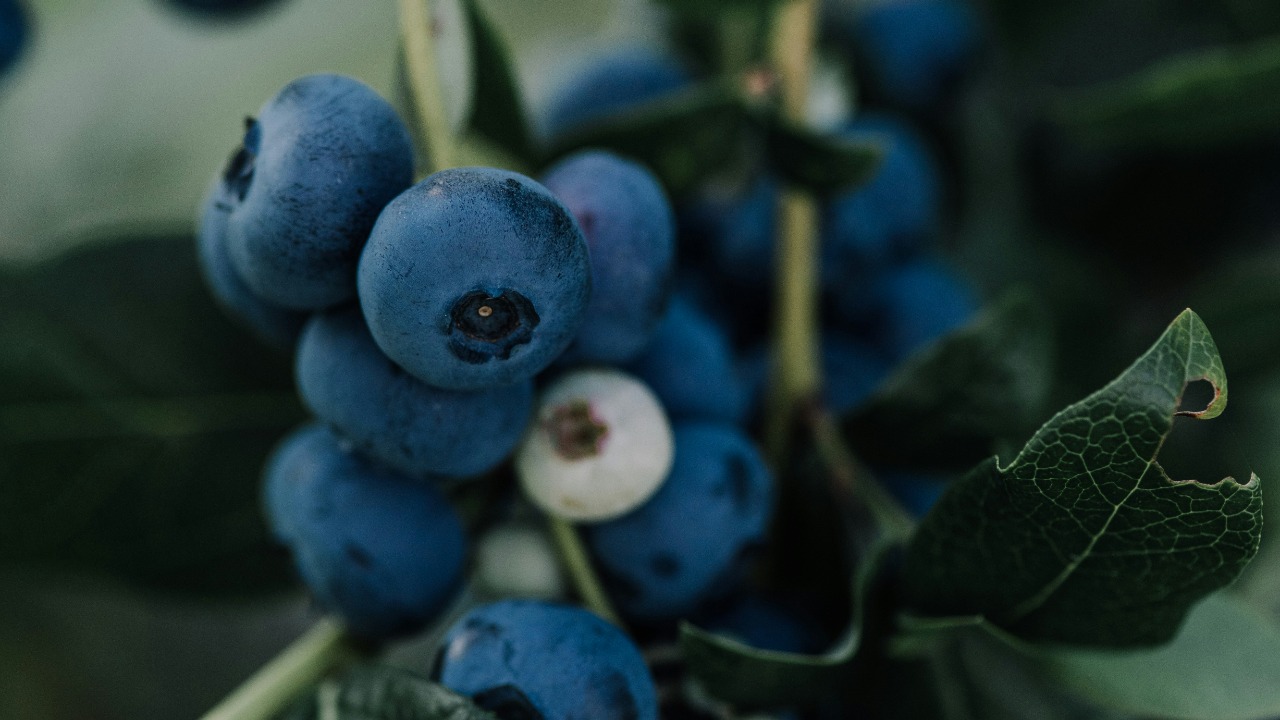
The botanical world is full of fascinating contrasts, one of which is the significant size difference between pumpkins and blueberries. Despite similar growing conditions, pumpkins can grow to enormous sizes, while blueberries remain small. This disparity not only raises intriguing questions about plant biology and cultivation potential but also leads to interesting developments in agriculture, such as the cultivation of blue pumpkins in Minnesota.
Pumpkin Growth Mechanisms
Pumpkins, members of the Cucurbitaceae family, possess unique structural features that enable them to grow to impressive sizes. Their expansive vine system plays a crucial role in supporting large fruit development. The vine system acts as a conduit, channeling resources from the plant to the fruit, thereby facilitating growth. This resource allocation is a key factor in the size variability seen in different pumpkin varieties under optimal conditions, as detailed in a LiveScience report.
Blueberry Size Constraints
On the other hand, blueberries, belonging to the Ericaceae family, have inherent limitations in their berry formation due to their genetic blueprint. The architecture of the blueberry bush restricts the expansion of individual fruits. Furthermore, environmental factors such as soil quality and climate conditions can cap blueberry growth, even in fertile soils. These factors contribute to the size disparity between pumpkins and blueberries, as explained in the same LiveScience analysis.
Genetic and Evolutionary Differences
Evolutionary adaptations have played a significant role in the size differences between pumpkins and blueberries. The Cucurbitaceae family, to which pumpkins belong, has evolved to favor large fruits. In contrast, the Ericaceae family, which includes blueberries, has evolved to produce compact berries. Selective breeding has also played a role in maintaining these genetic traits, reinforcing the size norms of these two plant species.
Environmental and Cultivation Factors
Environmental factors and cultivation practices also contribute to the size disparity. Pumpkins require specific soil, water, and sunlight conditions to reach their maximum size. In contrast, blueberry cultivation prioritizes yield over individual size. Climate influences also play a significant role in the growth patterns of both crops. These factors, combined with the plants’ genetic predispositions, result in the size differences we observe, as outlined in the LiveScience report.
Innovations in Pumpkin Varieties
In recent years, there have been interesting developments in pumpkin cultivation. For instance, Minnesota growers have introduced blue pumpkins, a unique variety that naturally exhibits a blue hue, bypassing traditional painting methods. This development, reported by Minnesota’s New Country, is a result of innovative breeding techniques that alter traditional pumpkin coloration. It remains to be seen whether such varietal developments could impact the size of the fruits.
Comparative Agricultural Implications
The size differences between pumpkins and blueberries have significant implications for agriculture. The large scale of pumpkins can benefit farming economics, while the small-fruit efficiency of blueberries can maximize yield. Regional adaptations, such as the cultivation of blue pumpkins in Minnesota, also play a role in shaping agricultural practices. Looking to the future, there may be possibilities for crossbreeding to challenge size norms, potentially leading to new varieties and cultivation methods.
More from MorningOverview